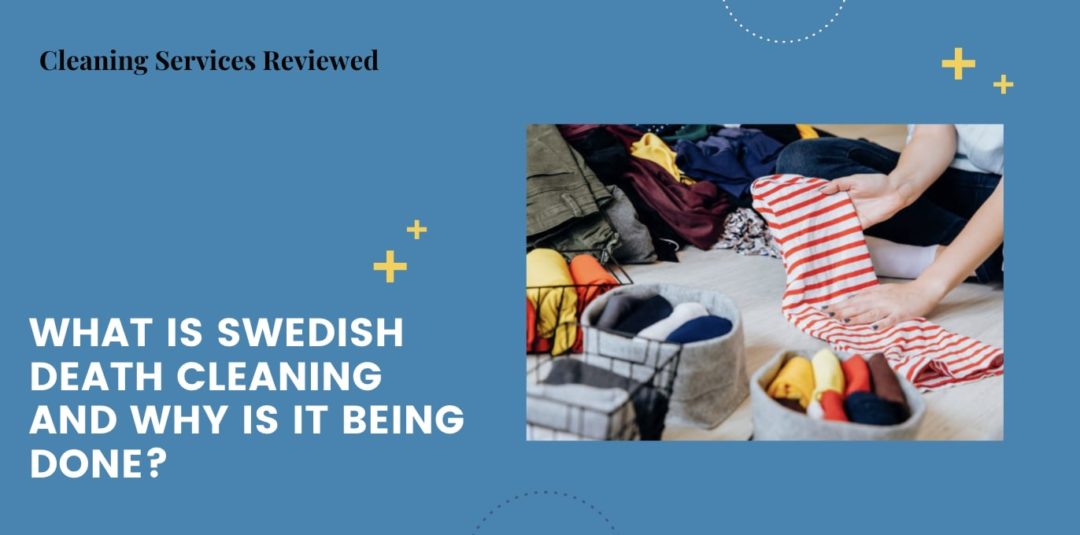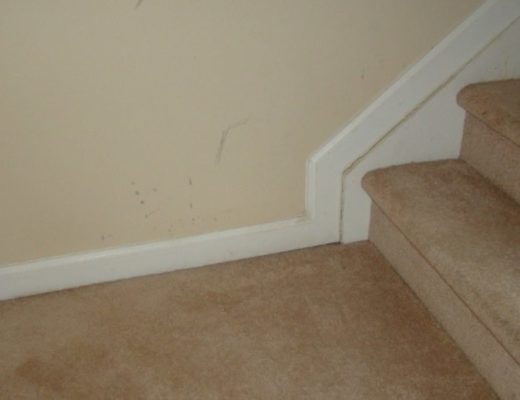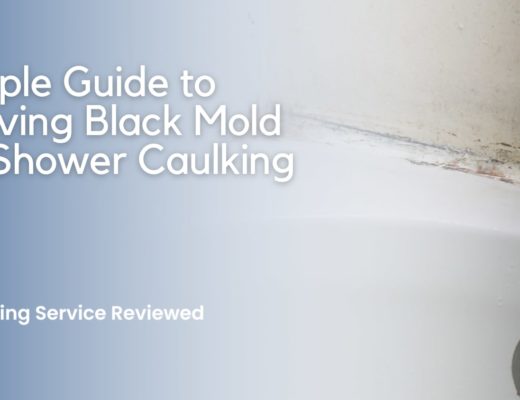Swedish death cleaning is the act of cleaning and organizing things by a person so the loved ones won’t find it hard to do after their death.
Many old and terminally ill people partake in this activity. Although, it may sound frightening for those who still celebrate life and want to live on as long as they can.
In this guide, we will explore more about Swedish death cleaning—its history, how one does it, and some mistaken notions about it.
The Origin of Swedish Death Cleaning

This cleaning idea was suggested by Margareta Magnussen in her 2017 book, The Gentle Art of Swedish Death Cleaning: How to Free Yourself and Your Family from a Lifetime of Clutter.
From that point, Swedish death cleaning was embraced by a few local readers, then it reached nationwide audiences, and after that, international readers.
Given its practicality and wonderful philosophy, it’s been steadily becoming more popular, especially among the elderly and sick.
The purpose of the author in developing this method of cleaning is to reduce the burden on other people during a very painful time when their family or close friend has passed on.
Often, family members find it hard to know which item is valuable for the departed one as they sift through their items from their childhood days and miscellany.
And to look at it from a deeper perspective, döstädning (pronounced duo-stad-ning, Swedish for death cleaning) helps the person accept their current state and let go of the people they love and care for, as well as the things they have before they go so they can find inner peace—even a small measure of it.
How does one do Swedish death cleaning?

Even though the name sounds morbid, this cleaning practice is intended to be done to make your loved ones’ lives easier after the person takes their last breath.
It shouldn’t be stressful or painful at all, but instead, it should be done by a selfless and loving heart.
The cleaning process requires the person to declutter most of their items either by giving, donating, or selling them. And then they should arrange their clothes or items neatly in their closet.
This is often hard to do because some things are so special to you even though the thing is relatively simple, for example, a pen or a bookmark.
But the author says that you don’t have to give away things that are very meaningful to you. Say, a necklace given to you by a friend or a fishing rod you used many years ago.
Then, after you have decluttered your things, reward yourself. Perhaps you can invite your family members for a Netflix and popcorn night or have dinner with friends at your favorite restaurant.
Mistaken Notions about Swedish Death Cleaning

As we mentioned earlier, some people may be averse to Swedish death cleaning because of what the term suggests—which is death or hopelessness.
Naturally, some people may not want to do it, and it’s completely all right.
Despite that, let’s clear some misconceptions about Swedish death cleaning. Magnussen clarifies in the book that:
- Swedish death cleaning is not only for the old and sick. Even young and healthy people can participate in it to identify what matters most to them and have a clean home.
- The cleaning process shouldn’t be sad and lonesome.
- Giving away things doesn’t mean losing them forever.
- Doing it doesn’t mean you’ve given up hope with your current health or financial condition.
- It doesn’t presume that you’re dying soon and you have to get ready for it. Rather, it is sort of a philosophy that reminds us of the impermanence of life.



